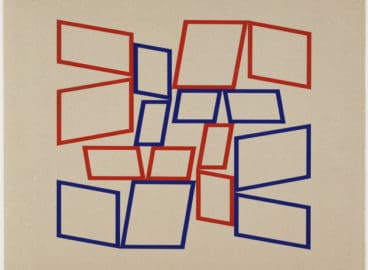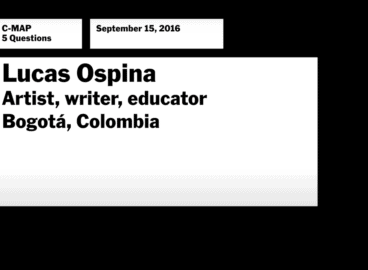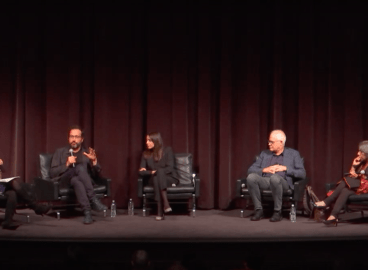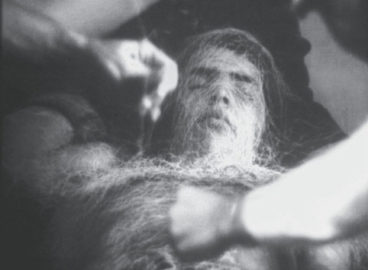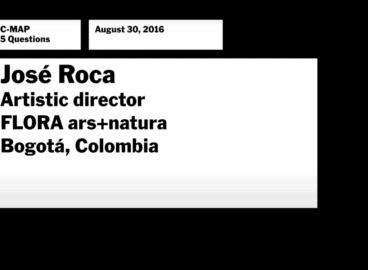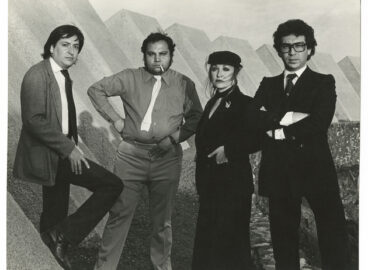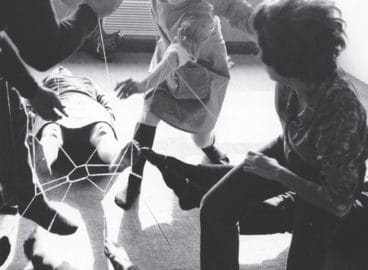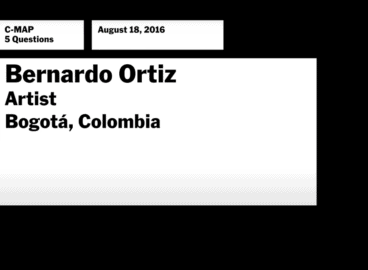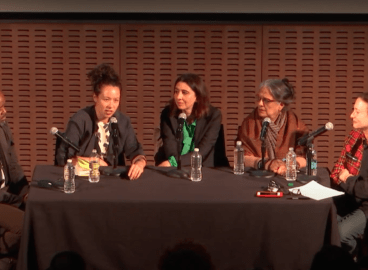Between Carnaval and Mondrian: The Manifold Influences on Brazilian artist Hélio Oiticica
Going beyond the context of modern Brazil and its experimental art scene, this essay traces a wide genealogy for his body of work, from local traditions such as samba to European intellectual figures such as Friedrich Nietzsche.
